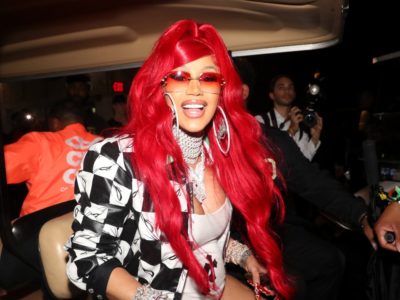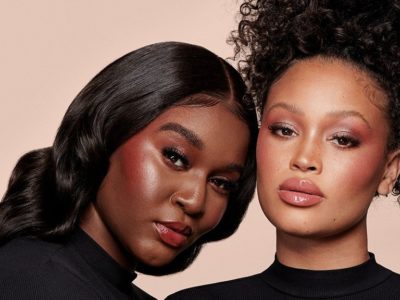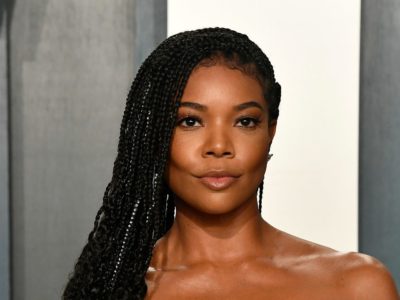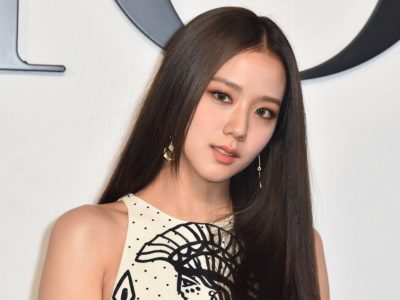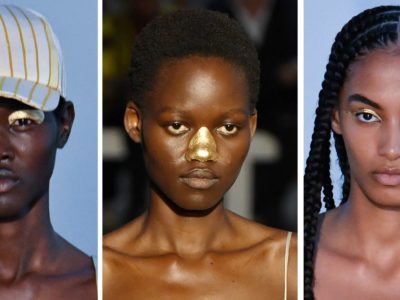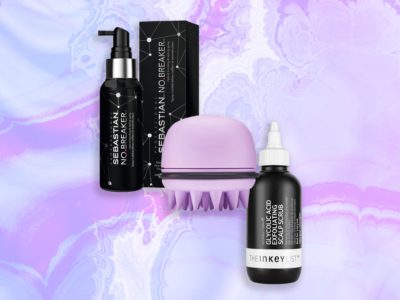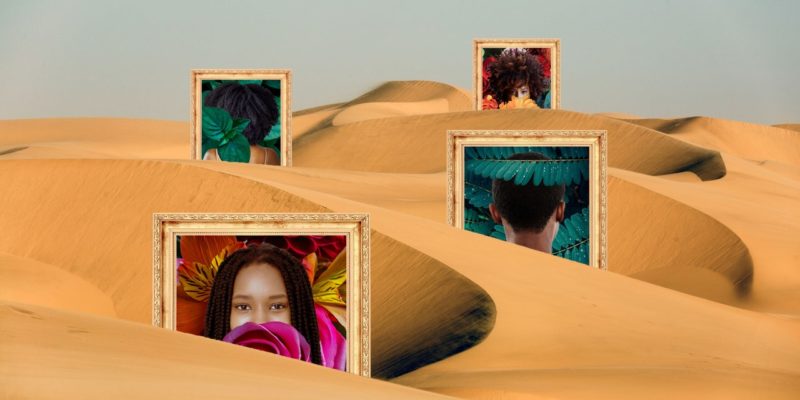
Kingsman observes that the few Black stylists she’s found are almost always fully booked with clients. The demand is present and strong — yet, there are still so few options.
“I think a lot of times, the concept of a hair desert existing is attributed to there not being enough demand,” muses Kingsman. “It’s easy to say ‘Well, there’s no or very little Black people in Oregon, so obviously why would there be Black stylists or stylists who can properly manage Afro-textured hair?’ I strongly disagree with that statement. The demand is there, regardless of the percentage, the suppliers just don’t care.” Kingsman believes that hairstylists should be taught how to manage all hair textures and types, independent of what their own hair is or what the majority population has, and otherwise take it upon themselves to learn all that they can about textured hair. “Hair salons should be ensuring that they have at least one person in their salon that can service a client with afro-textured hair, and if not, invest in their stylists’ training so that they can,” Kingsman continues.
If there were a non-Black stylist confident in their skills when it came to textured hair, Kingsman says she would trust her scalp in their hands. But for Johnson, skill level is a moot point. “No,” Johnson maintains. “Getting your hair done is more than a service. It’s a sacred cultural experience.”
Where Do We Go From Here?
The existence of Black hair deserts is beginning to permeate the national consciousness. Last Week Tonight with John Oliver recently aired a segment on Black hair that aimed to both analyze why Black hair is still such a divisive point of contention in America and raise awareness on what can be done to solve hair discrimination. And while the passage of CROWN Acts and the deregulation of natural hair braiding can contribute to the communities within Black hair deserts, the issue of eradicating those that already exist and completely preventing the creation of new ones remains.
The stylists we spoke to agree that this will come down to an overhaul of all parts of cosmetology’s educational system (particularly the training of non-Black stylists on how to care for and style Afro-textured hair), but also the active recruitment of Black stylists where there are none and addressing the obstructions in place that hinder Black stylists from opening shops in these areas — because even with a comprehensive texture education, building trust between Black women and non-Black stylists is going to take time.
According to Johnson, “It first starts with seeing hair deserts as a symptom of a much larger problem that impacts urban and rural communities — like development, land use, and urban planning policies. We must take a holistic view of the landscape we operate in. They’re all tangled together. When we start to detangle the factors that create hair deserts, we not only eliminate hair deserts but other issues that snag on the quality of our lives. We must take the same care and attentiveness we use towards hair towards our communities and people we are in community with.”
Because it was never “just hair” for us. White supremacy made it so, but we made it this: our hair is our belonging, our history, and our home. It is our pride and our empowerment, and it is the defiant, resilient, lush flora of even the harshest hair desert.
Read more from The Melanin Edit:
The Natural Hair Movement Isn’t Immune to Texturism
Why Some Black Women Are Going Back to Relaxers
It’s Time to Broaden Our Views of Women Who Wear Locs
Now check out this washday tutorial for jumbo box braids:
Follow Allure on Instagram and Twitter, or subscribe to our newsletter to stay up to date on all things beauty.
